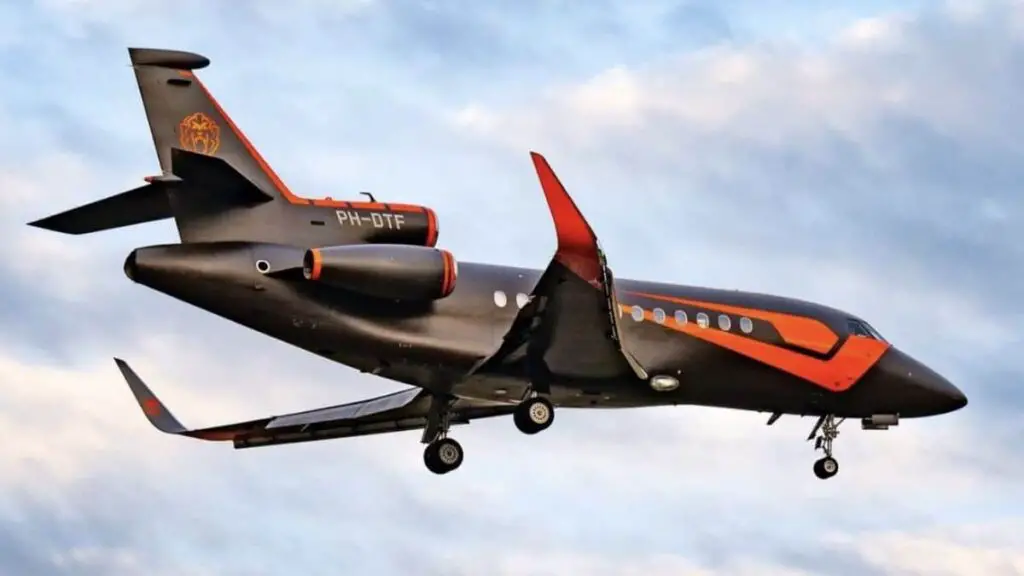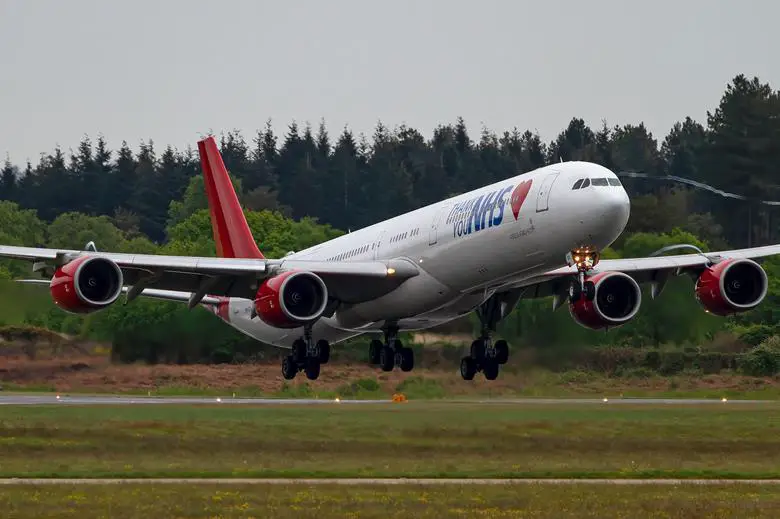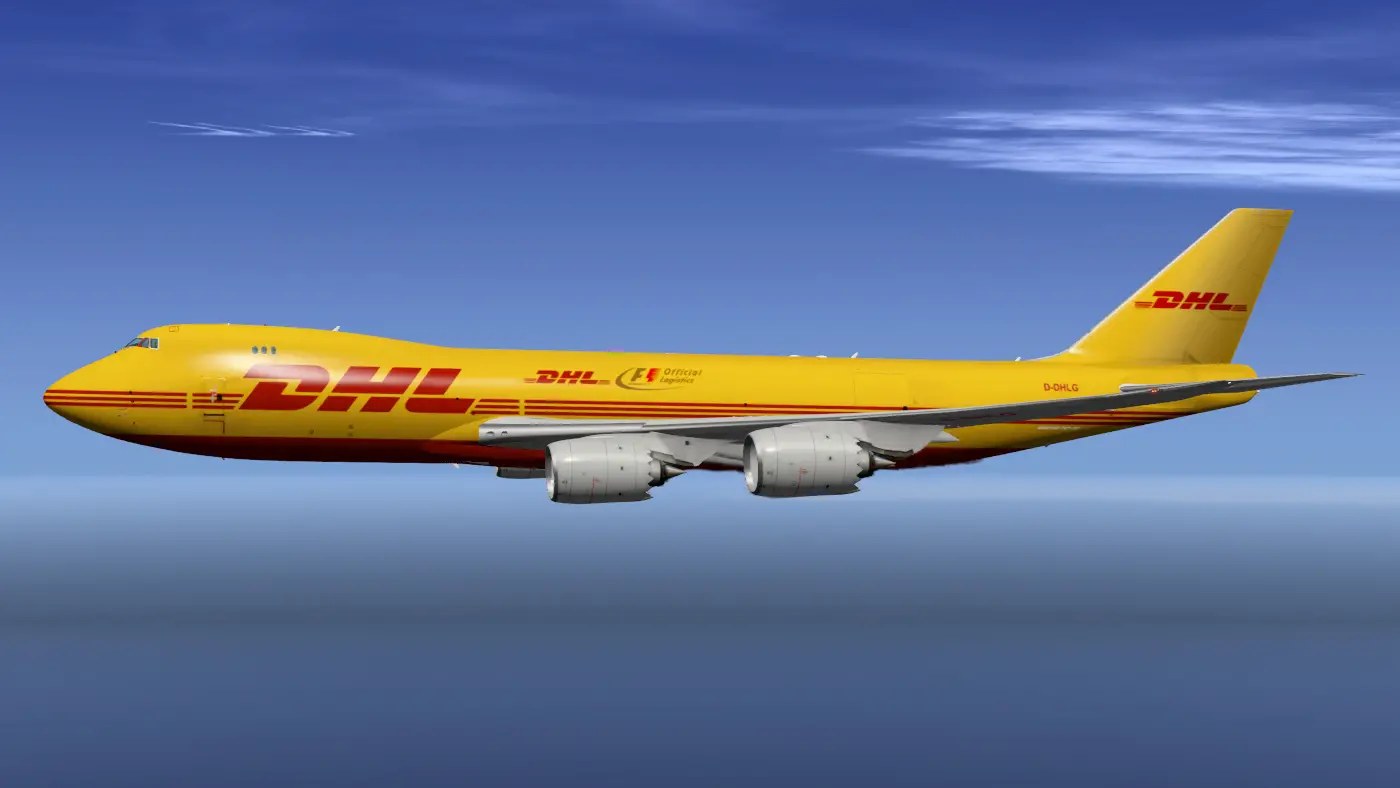Formula 1 is one of the most popular and prestigious motorsports in the world. It attracts millions of fans and viewers every year. Behind the scenes, there is a huge logistical challenge of transporting the teams and their equipment.. How do Formula 1 teams travel and what are the challenges they face?
F1 Teams Travel: Air Freight

The most common way for Formula 1 teams to travel is by air. They use chartered flights to transport their personnel and equipment between races. The teams typically use large cargo planes to transport the cars, spare parts and tools.
Each team is allowed a maximum of two chartered Boeing 747-400F or Airbus A340-600F aircraft for their personnel and equipment.
The teams must use these aircraft to transport their race cars from the factory to the race track3.
The parts that need to be dispatched to the race venues are divided into two and labeled critical and non-critical. Critical are things like every component of the car and computers. Non-critical items are things like jacks, tools, and other mechanical equipment.
About 34 tones of air freight is required by teams2.
The teams usually fly from East Midlands Airport or London Heathrow Airport in the UK. This is where most of them are based, to the nearest airport to the race location.
The cargo planes are specially designed to fit the custom-made crates that contain the cars and parts. The crates are also cushioned and placed on an elevated stage to prevent them from moving inside the plane and becoming damaged.
F1 Teams Travel: Sea Freight

For some races, especially those that are far away from Europe or back-to-back, the teams also use sea freight to transport some of their equipment.
Sea freight consists of smaller items such as wheel guns, tire blankets, trollies and anything they have multiple sets of.
Five sets of non-critical parts are shipped to race locations by sea well ahead of time to ensure that they are ready and waiting when the team arrives.
Sea freight is cheaper and more environmentally friendly than air freight, but it also takes longer and requires more planning.
The teams have to anticipate which races they will need which items for, and ship them accordingly. For example, if a set of things is used in Canada, it might be loaded onto a cargo ship for delivery to Mexico City, about four months later.
F1 Teams Travel: Road Transport

For European races, which make up about half of the season, the teams use road transport. The teams have their own transport vehicles. These carry their cars, parts, tools, and personnel on motorways.
The cars are boxed up with their aero packaging removed when being transported by road.
Road transport is more convenient and flexible than air or sea freight. It allows the teams to access their equipment at any time and make adjustments if needed.
It also saves time and money on customs clearance and airport fees. However, road transport also has its challenges, such as traffic jams, road accidents, border controls, and weather conditions.
F1 Teams Travel: Drivers’ Travel

The drivers themselves also have to travel between races, but they usually do so separately from their teams. The drivers have their own personal schedules and preferences when it comes to travel.
Some drivers like to go home between races, while others prefer to stay near the next race location. Yet others visit places for leisure or promotional activities.
The drivers generally travel in business or first class on commercial flights or private jets. They also have access to VIP lounges and services at airports.
The drivers have to balance their travel time with their training, media commitments, engineering debriefs, and personal life.
F1 Teams Travel: Challenges and Solutions
Formula 1 teams face many challenges when traveling around the world for each race. Some of these challenges include:
- Tight deadlines: The teams have to pack up their equipment as soon as possible after each race and transport it to the next venue in time for the next race. This can be especially difficult for back-to-back races or races that are far apart.
- Customs clearance: The teams have to deal with different customs regulations and procedures in each country they visit. They have to ensure that they have all the necessary documents and permissions to import and export their equipment without delays or fines.
- Security: The teams have to ensure that their data and systems are protected from cyberattacks, which can come from various sources, such as criminals, hackers, or even rival teams. The teams use various cybersecurity tools and partners to monitor and defend their networks, devices, and data from malicious intrusions. They also use AI and machine learning to detect and respond to anomalies and threats in real time.
- Cost: Traveling around the world is expensive, especially when it involves transporting tons of equipment and dozens of personnel. The teams have to manage their budgets and optimize their spending on travel and logistics. They also have to comply with the cost cap regulations imposed by Formula 1, which limit the amount of money they can spend on certain areas of their operations.
- Sustainability: Formula 1 is committed to becoming more environmentally friendly and reducing its carbon footprint. The teams have to align with this vision and adopt more sustainable practices in their travel and logistics. This can include using more efficient modes of transport, reducing waste and emissions, offsetting their carbon impact, and supporting local communities.
F1 Teams Travel: DHL

To overcome these challenges and ensure a smooth and successful travel experience, Formula 1 teams rely on their partners and suppliers, who provide them with the necessary services and solutions.
One of these partners is DHL, which has been the official logistics partner of Formula 1 for over 40 years. DHL provides the teams with transportation, warehousing, customs clearance, security, and tracking services for their equipment and personnel.
DHL also provides the teams with information and analysis on the potential cyber threats and risks in each country they visit.
Conclusion
Formula 1 teams travel around the world by air, sea, and road, facing various challenges and opportunities along the way. By using advanced technology, data, and partnerships, they are able to optimize their travel and logistics processes and ensure that they are ready for each race.

